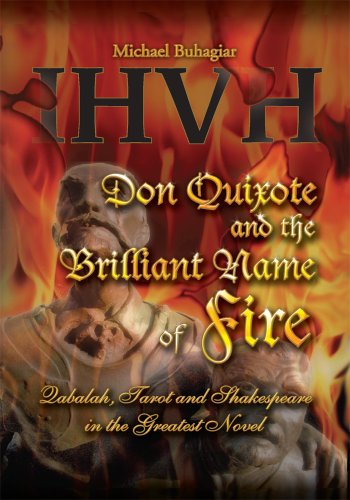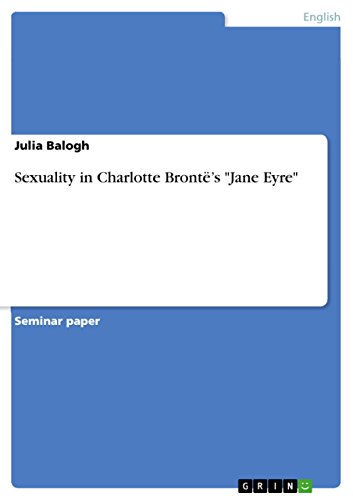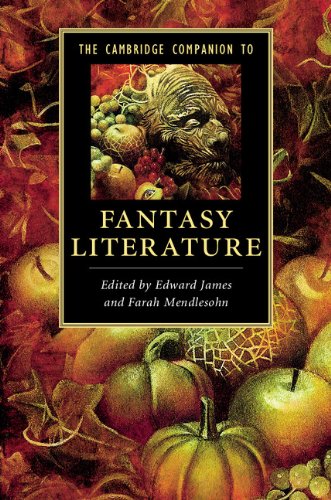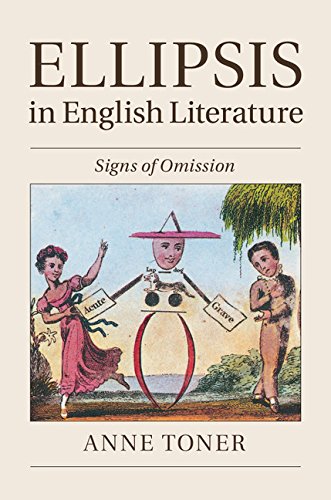What Was Tragedy?: Theory and the Early Modern Canon by Blair Hoxby

By Blair Hoxby
What used to be Tragedy? demonstrates that this account of the tragic, which has been hegemonic from the early 19th century to the current regardless of all of the twists and turns of serious model within the 20th century, obscured an past poetics of tragedy that developed from 1515 to 1795. by way of reconstructing that poetics, Blair Hoxby is smart of performs which are "merely pathetic, now not actually tragic," of operas with chuffed endings, of Christian tragedies, and of different performs that advertised
themselves as tragedies to early sleek audiences and but have consequently been denied the palm of tragedy through critics. In doing so, Hoxby not just illuminates masterpieces via Shakespeare, Calderón, Corneille, Racine, Milton, and Mozart, he additionally revivifies an unlimited repertoire of tragic drama and opera that has
been relegated to obscurity through severe advancements considering the fact that 1800. He indicates what number of those performs will be reclaimed as dwelling works of theater. And by means of reconstructing a misplaced perception of tragedy either old and smooth, he illuminates the hidden assumptions and weird blind-spots of the idealist severe culture that runs from Schelling, Schlegel, and Hegel, via Wagner, Nietzsche, and Freud, as much as sleek post-structuralism.
Read Online or Download What Was Tragedy?: Theory and the Early Modern Canon PDF
Best literary criticism & theory books
Don Quixote and the Brilliant Name of Fire : Qabalah, Tarot and Shakespeare in the Greatest Novel
"Don Quixote and the intense identify of fireside finds for the 1st time the real quantity of the esoteric measurement of the vintage Spanish paintings. References to playing cards of the Tarot deck, a method of development at the internal trip, have lengthy been famous in it; yet Don Quixote and the intense identify of fireside will exhibit their complete quantity, in addition to demonstrating excellent visible representations of Hebrew letters of the Qabalah, and the stern allegory of psychic transformation—in the way in which of the Shakespeare plays—in which those symbols have their position.
Sexuality in Charlotte Brontë’s "Jane Eyre"
Seminar paper from the yr 2005 within the topic English Language and Literature stories - Literature, grade: 2,7, collage of Trier, language: English, summary: at any place you allow your eye commute nowadays you return throughout sexuality and nakedness. 3 attractive girls are nakedly smiling at you from an incredible advertisements poster for a solarium, within the ad holiday on television a girl tears an enticing man’s outfits simply because she is mesmerized via his new smell, and within the telephone book you can also discover a voucher which promises you a bottle of champagne at no cost if you happen to publication a one hour-service in a undeniable brothel .
The Cambridge Companion to Fantasy Literature (Cambridge Companions to Literature)
Myth is a production of the Enlightenment, and the popularity that pleasure and sweetness are available in imagining most unlikely issues. From the ghost tales of the Gothic to the zombies and vampires of twenty-first-century well known literature, from Mrs Radcliffe to Ms Rowling, the glorious has been well-liked by readers.
Ellipsis in English Literature: Signs of Omission
Anne Toner offers an unique account of the background of ellipsis marks - dots, dashes and asterisks - in English literary writing. Highlighting ever-renewing curiosity in those sorts of non-completion in literature, Toner demonstrates how writers have striven to catch up with to the hesitancies and interruptions of spoken language, the indeterminacies of suggestion, and the successive or fragmented nature of expertise through those textual symbols.
- Fictions of the Black Atlantic in American Foundational Literature (Routledge Transnational Perspectives on American Literature)
- Mr Ireland's Vindication of His Conduct
- Heroine Abuse: Dostoevsky's "Netochka Nezvanova" and the Poetics of Codependency
- Slavic Sins of the Flesh (Becoming Modern: New Nineteenth-Century Studies)
- The Settler's Plot: How Stories Take Place in New Zealand
- Here Be Dragons: Exploring Fantasy Maps and Settings
Extra info for What Was Tragedy?: Theory and the Early Modern Canon
Example text



